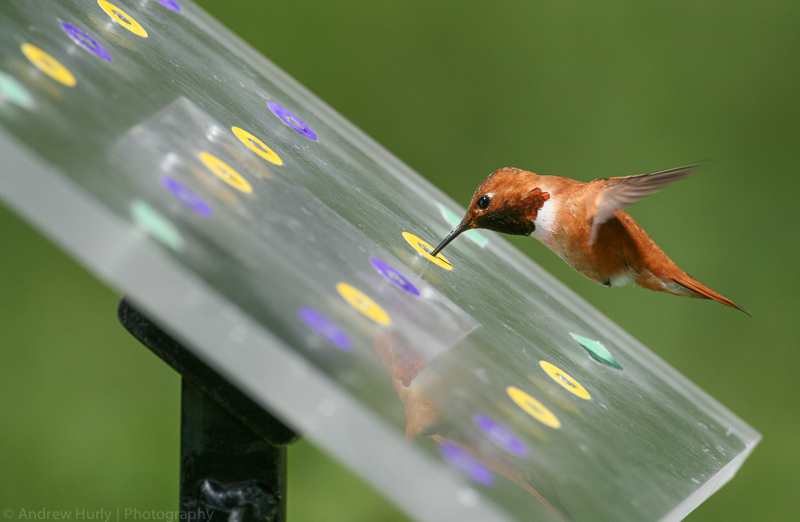Foraging behaviour
| Colour cues | Taste cues | Timing | Context dependance | |
| Traplining | Risk sensitivity | Social learning | Spatial memory | Food storing |
Efficient exploitation of food resources is vital to animals survival and involves a number of different challenges including: finding food, remembering which resources provide the best quality food (e.g. flowers of a certain colour, in a certain place or at a certain time of day), remembering when food is available, assessing the quality of food (e.g. by taste or post ingestive feedback), choosing between resources of similar quality that differ in how variable they are, and choosing a optimal routes between different locations (e.g. traplining). We are interested in what aspect of resources animals pay attention to, how they assess them and how good they are at learning about and remembering them.
Most of our work is conducted in the Alberta, Canada with wild rufus hummingbirds (Selasphorus rufus). These nectar feeding birds are very bold so we can get close to them and are territorial so we can work with one individual at a time. Their simple sugar diet makes it easy for us to calculate how much energy they are obtaining from their meals and as they feed every ten minutes or so we can quickly gather enough data to answer our questions.
